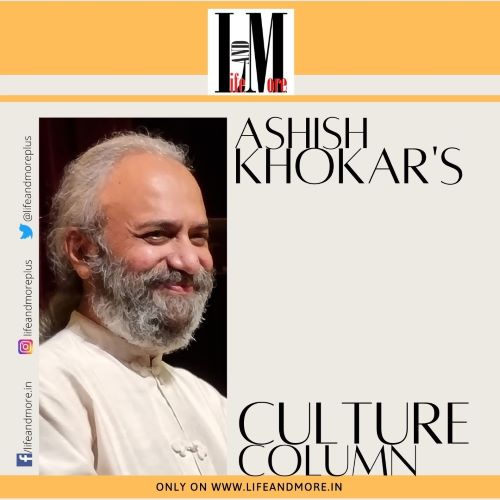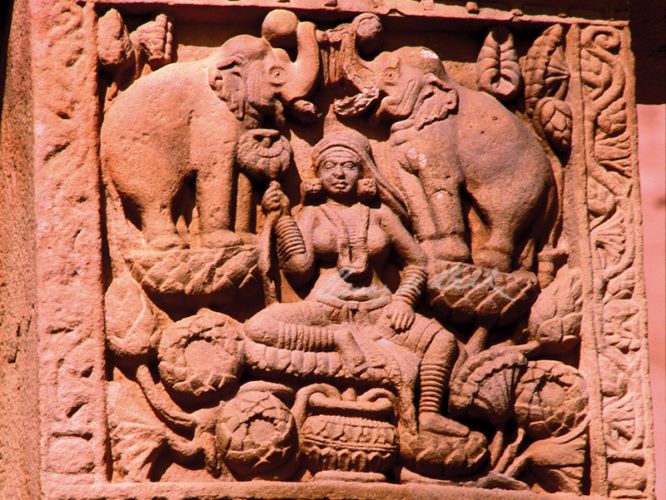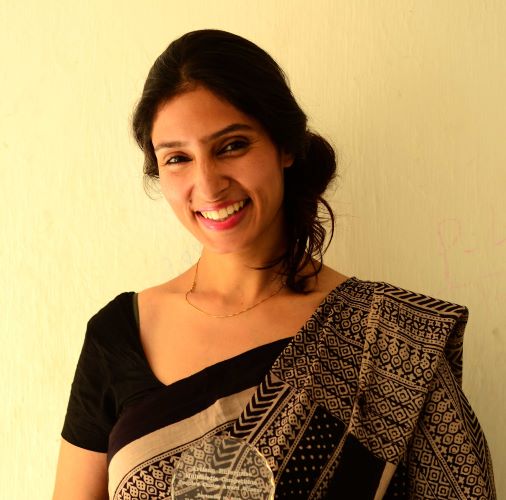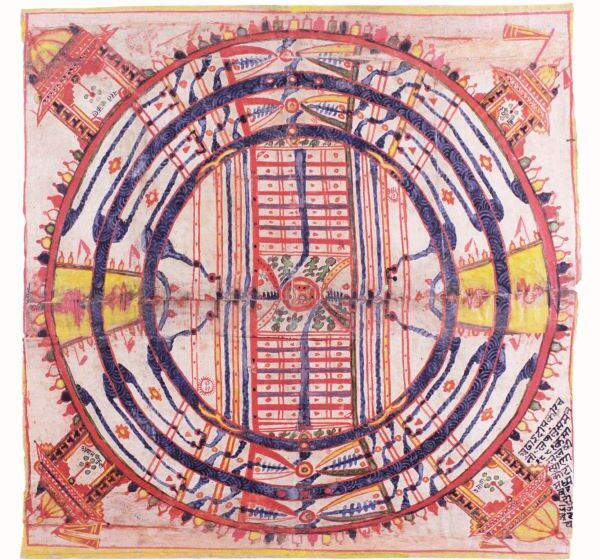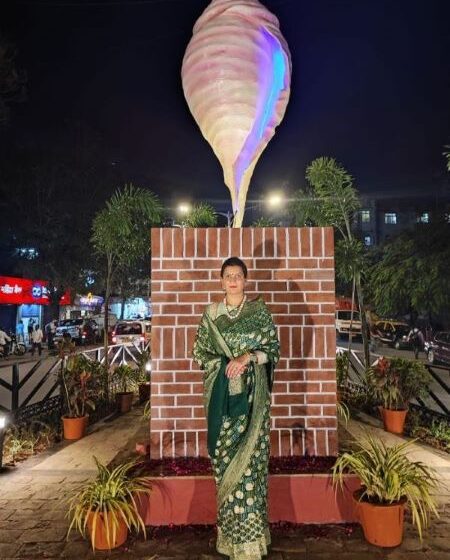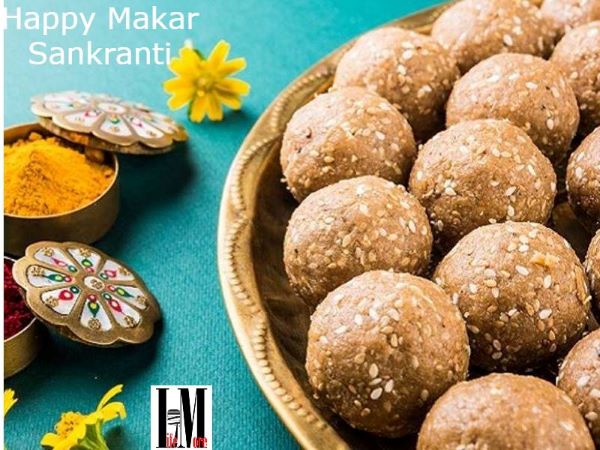India being larger than Schengen countries (they have 26 countries, we 28 states plus 8 union territories), how does one even plan or think of one policy for the entire country? Well, we have one on agriculture then why not culture, aver many? Or we have on economic, social, financial and even maybe one on coal and mines! […]Read More
Team L&M Anang Tal, the centuries-old water reservoir in Mehrauli, is all set for better days. The Delhi Development Authority (DDA) has decided to begin the cleaning up exercise of this centuries-old water reservoir from next week. A team of DDA officials headed by its Vice-Chairman Mukesh Gupta recently visited the area. As of now […]Read More
Benoy K Behl About 3,500 years ago, deities were created in Vedic Indian thought. These embodied the world of nature around us and provided us a deep connection to the forces which control our existence. The later deities of the Upanishadic period and the Puranas are the personifications of concepts and qualities. These qualities are […]Read More
Happiness Class or Curriculum. What an idea, Sir ji. Whose? HH the Dalai Lama, no less. Where? Delhi govt. schools, as models. And thanks to the most sauve Delhi culture-scene broadcaster Rajiv Mehrotra – he of the PBS fame – a documentary got made on the subject, recently screened at the IIC, Delhi. Dr Binay […]Read More
Upasana Kaura Launched as a social enterprise with a mandate to research, document, showcase, handicrafts and heritage in 2009, today, Gaatha is a one of its kind e-commerce platform that sells Indian handicrafts and heritage items, both décor as well as utility. The platform It has over 250 artisans on board from across the country. […]Read More
Team L&M To enchant viewers as also to provide insights into the aesthetic, cosmological, and esoteric traditions of both ancient and mediaeval India, exhibition His Glory and His Monuments, has works from Jain Tirthankaras to the Sirohi Mandala. The show is being held at The Lexicon Art, Outer Circle, Connaught Place in New Delhi. The […]Read More
Kamlesh Patel Holi – a festival that brings vibrancy, joy, hope, aspiration, togetherness, generosity and a chance for change and transformation. This eclectic gamut has made us refer to it as the ‘Festival of Love’ or the ‘Festival of Colors’ or the ‘Festival of Spring’. Do you know how the festival of holi originated? According […]Read More
Team L&M With an aim to preserve and celebrate the long-lived Hindu culture and promote positive vibrations in the surroundings, Mumbai-based abstract artist Krupa Shah installed Abhiscka, a conch sculpture at Mumbai’s Vasantrao Naik Chowk, Tardeo. The inauguration of the conch was initiated by Krupa Shah along with Maharashtra Minister of Tourism, Environment & Protocol […]Read More
Benoy K Behl About 3,500 years ago, deities were created in Vedic Indian thought. These embodied the world of nature around us and provided us a deep connection to the forces which control our existence. The later deities of the Upanishadic period and the Puranas are the personifications of concepts and qualities. These qualities are […]Read More
Yogi Ashwini The Sanskrit term ‘sankranti’ translates as ‘transference’ and is used to indicate the movement of sun from one constellation to the next through the year…Our ancients had known the nuances of creation, the motion of sun and the planets, shape, size and location of various heavenly bodies millennia ago. The observance of 12 […]Read More


